
| A tale of four cities (Zagreb, Sofia, Belgrade and Ljubljana) |
|
||
|
|
|
 Early morning in Ban Jelačić Square |
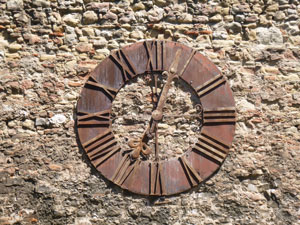 Old cathedral clock - stopped at the time of the 1880 earthquake |
|
|
|
|
|
|
||
 St Mark's Church (roof constructed in 1880) |
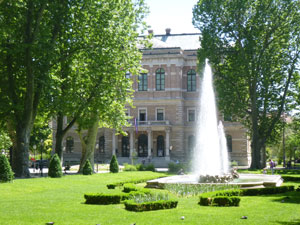 Zrinjevac Park |
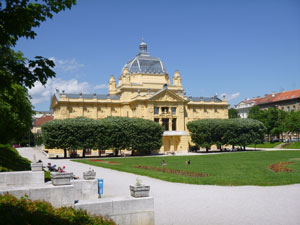 Zagreb Art Pavilion |
          |
|
|
||
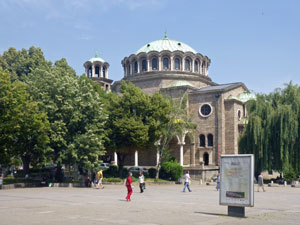 The 10th century St Nedelya Church |
 Banya Bashi Mosque (16th century) |
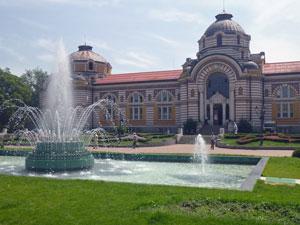 Sofia Public Mineral Baths (now closed) |
|
|
|
|
 |
|
|
 Serbian National Assembly |
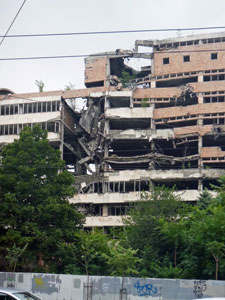 Building damaged by NATO missiles |
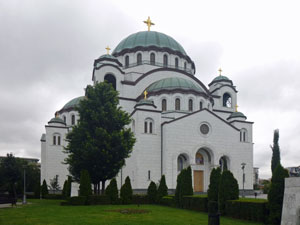 St Sava Cathedral |
|
 |
|
|
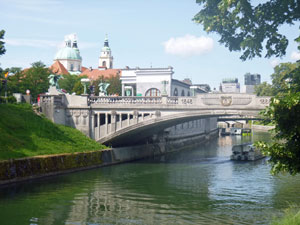 Zmajski Most (The Dragon Bridge) |
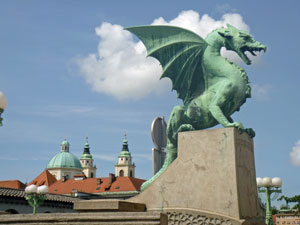 A dragon on Zmajski Most |
|
|
||
 The National Museum of Slovenia |
 The red rooves of Old Ljubljana |
|
|
||
 Houses along the Ljubljanica River |
 View over the city from Ljubljana Castle |
|
 |